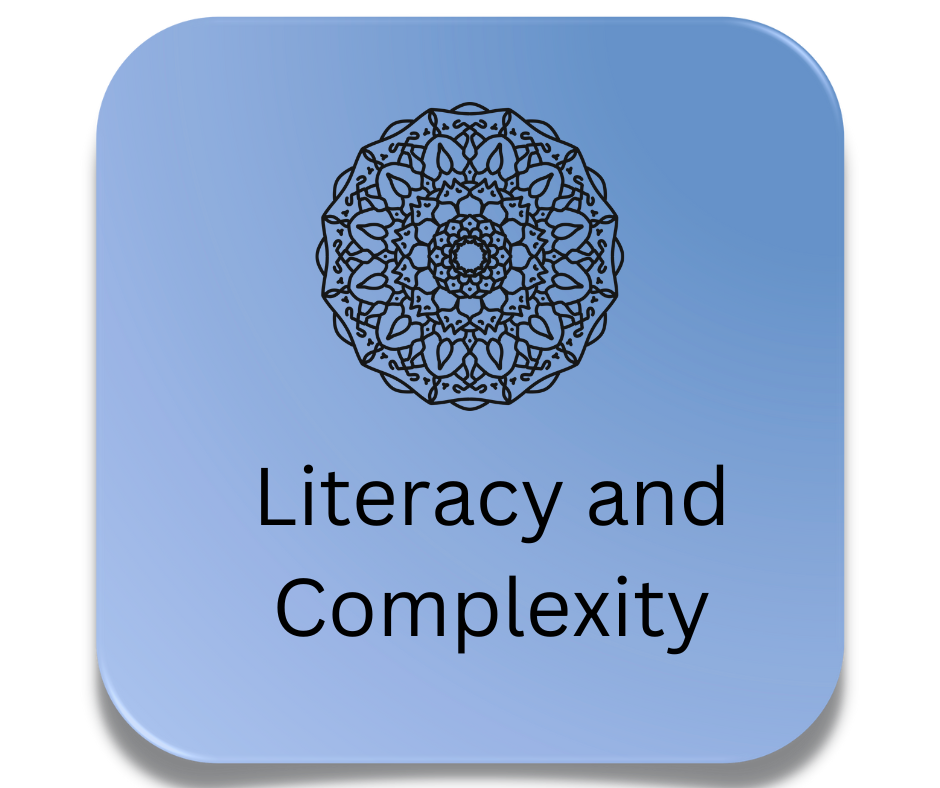The Maine Department of Education provides these learning experiences at no cost. We encourage the use of learning journals or notebooks, analog or digital, to record responses to prompts and suggested activities. The form and format of your journal may take various forms and could include Sketchnotes, OneNote, audio recording, or any other form that is comfortable to you.
 A significant goal of interdisciplinary and project-based learning is to elevate thinking. Maine's Guiding Principles are broad goals for learning that prepare students to be clear and effective communicators, self-directed and lifelong learners, creative and practical problem solvers, and integrative and informed thinkers. Interdisciplinary learning prepares students for the integrated thinking they will have to do throughout life. Attention to complexity in instructional planning assures the development of informed thinkers who are both creative and practical problem solvers.
A significant goal of interdisciplinary and project-based learning is to elevate thinking. Maine's Guiding Principles are broad goals for learning that prepare students to be clear and effective communicators, self-directed and lifelong learners, creative and practical problem solvers, and integrative and informed thinkers. Interdisciplinary learning prepares students for the integrated thinking they will have to do throughout life. Attention to complexity in instructional planning assures the development of informed thinkers who are both creative and practical problem solvers.
Literacy provides a foundation for complexity through an exploration of source complexity and how to support students when accessing complex texts and other sources, and by examining how we engage with those sources to honor the richness of the source and stimulate cognitive growth in all of our students.
- Complexity of Sources
-
Do you know how complex the sources are that your students need or want to use in their learning? Do you provide direct instruction of the skills needed to engage with the source? Examine common sources and plan instruction. Listen to this presentation about complexity of sources. Note the
on each page. Click on it to hear the recording.
Record in your learning journal features and elements of sources you commonly assign. What makes them complex - or not? What supports might you provide?
- Rigorous Engagement
-
Once you understand what makes a source complex, make sure you encourage engagement with the source that reflects the rigorous thinking presented. Listen to this brief explanation of a process that helps students engage with any rigorous source.
Examine a source often used in your classroom. Record in your learning journal at least one question that reflects each of the four types of source questions - What does it say? How does it work? What does it mean? What do we do now?